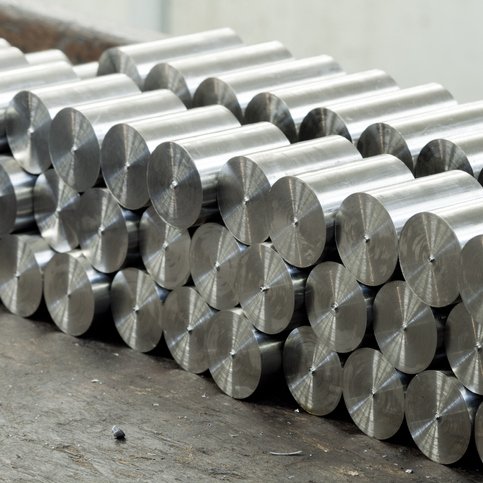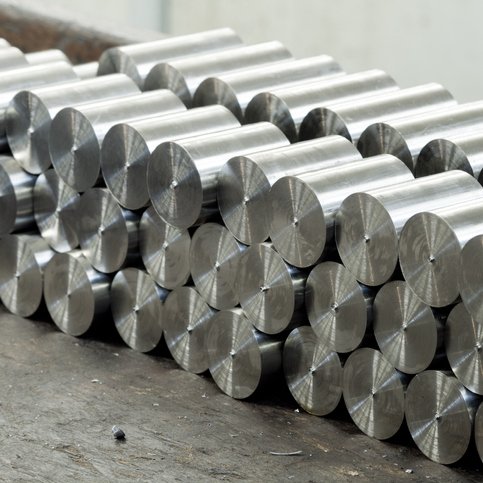In CNC machining, a computer program controls the movement of cutting tools and machinery to precisely execute the desired design on raw materials such as metals, plastics, or wood. This automation enables highly complex shapes and geometries to be achieved with consistency and repeatability, eliminating the variability and limitations often associated with manual machining processes.
However, while CNC machining offers unmatched precision and efficiency, it’s essential to understand the associated costs involved in this manufacturing method. Several factors contribute to the overall cost of CNC machining, including material expenses, machine tooling, labor, programming, setup, and overheads. Without a thorough understanding of these cost drivers, businesses risk overestimating or underestimating the true cost of production, which can impact profitability and competitiveness in the market.
By comprehensively assessing the cost factors associated with CNC machining, manufacturers can make informed decisions regarding materials selection, process optimization, and production planning. This understanding allows businesses to streamline operations, minimize wastage, and optimize resource allocation, ultimately enhancing productivity and profitability.
Factors Affecting the Cost of CNC Machining
Material Costs
Material costs are a significant factor in the overall cost of CNC machining. The type of material used, its quality, and the quantity required directly impact expenses. Materials such as metals, plastics, and composites vary in price, with exotic or high-performance materials generally commanding higher costs.
Additionally, wastage and scrap rates during machining contribute to material expenses. Optimizing material usage through efficient nesting and minimizing scrap can help mitigate material costs in CNC machining projects.

Machine Time
Machine time refers to the duration CNC machines are in operation to complete a specific job. The longer the machining time required, the higher the associated costs due to increased energy consumption, wear and tear on machine tools, and depreciation of equipment.
Factors influencing machine time include part complexity, cutting speeds and feeds, tool changes, and setup time. Streamlining machining processes, optimizing tool paths, and reducing setup times can help minimize machine time and associated costs in CNC machining operations.
Labor Costs:
Labor costs encompass the wages or salaries of personnel involved in CNC machining, including machine operators, programmers, and quality inspectors. Skilled labor is essential for setting up machines, programming CNC controls, monitoring operations, and ensuring quality standards are met.
Labor costs can vary depending on the skill level and experience of personnel, as well as factors such as overtime, shift premiums, and benefits. Investing in training programs, automation, and process optimization can help control labor costs while enhancing productivity and efficiency in CNC machining operations.
Overhead Costs
Overhead costs represent the indirect expenses associated with operating a CNC machining facility, including facility rent or mortgage, utilities, insurance, maintenance, and administrative expenses.
These overhead expenses are incurred regardless of production volume and directly impact the overall cost of CNC machining. Managing overhead costs efficiently through effective facility layout, equipment maintenance programs, and administrative controls is crucial for maintaining competitiveness and profitability in CNC machining businesses.
Design Complexity
The complexity of the part design significantly influences the cost of CNC machining. Parts with intricate geometries, tight tolerances, and complex features require more extensive machining processes, specialized tooling, and longer machining times, leading to higher costs.
Simple designs with fewer features and straightforward geometries are typically more cost-effective to manufacture using CNC machining. Therefore, optimizing part designs for manufacturability and minimizing unnecessary complexity can help reduce machining costs while maintaining product quality and performance.
Additionally, leveraging design-for-manufacturability principles and consulting with CNC machining experts during the design phase can help identify cost-saving opportunities and improve overall project economics.

Strategies to Save Costs in CNC Machining
Material Selection
Selecting the appropriate material is crucial for optimizing costs in CNC machining. Different materials offer varying properties such as strength, durability, machinability, and cost-effectiveness.
By carefully assessing the requirements of the part, including mechanical properties, environmental factors, and aesthetic considerations, manufacturers can choose the most suitable material that meets performance requirements while minimizing expenses.
For example, opting for less expensive materials with adequate strength and machinability for non-critical components can help reduce material costs without compromising part quality.
Optimizing Design
Design simplification involves streamlining part geometries and reducing unnecessary complexities to enhance manufacturability and reduce costs in CNC machining. By eliminating intricate features, sharp corners, and intricate details that do not contribute to the functionality or performance of the part, designers can simplify the machining process, reduce machining time, and minimize tool wear.
Simplified designs also facilitate faster programming and setup, leading to shorter lead times and lower production costs. Additionally, reducing the number of components or consolidating multiple parts into a single component through design simplification can further reduce assembly time, labor costs, and material usage.
Collaborating with CNC machining experts during the design phase can provide valuable insights into design optimization opportunities and help identify areas for simplification without compromising part functionality or quality.
Order in Bulk
Ordering in bulk is a cost-saving strategy in CNC machining that involves placing larger quantity orders for parts or components to take advantage of economies of scale and reduce per-unit production costs. By consolidating multiple orders into a single large order, businesses can benefit from volume discounts, reduced setup times, and more efficient production processes.
When ordering in bulk, CNC machining shops can optimize their production schedules to maximize machine utilization and minimize downtime between production runs. This efficiency gain from batch processing can significantly lower overhead costs per part, including labor, machine setup, and tooling expenses.
Furthermore, ordering in bulk allows manufacturers to negotiate better pricing with suppliers for raw materials, tooling, and other consumables, resulting in lower material costs and overall production expenses. Additionally, by reducing the frequency of material procurement and administrative tasks associated with processing multiple orders, businesses can streamline their operations and focus resources on core activities, further driving down costs.
Moreover, bulk ordering enables businesses to maintain consistent inventory levels, reducing the risk of stockouts and associated rush orders, which often incur higher production costs.

Partnering with Reliable Suppliers
Partnering with reliable suppliers is essential for ensuring consistent quality, on-time delivery, and competitive pricing in CNC machining. By selecting reputable suppliers with a proven track record of reliability, manufacturers can mitigate risks associated with material shortages, quality issues, and production delays.
Establishing long-term partnerships with trusted suppliers fosters mutual trust, loyalty, and collaboration, enabling businesses to negotiate preferential pricing, volume discounts, and favorable payment terms. Additionally, reliable suppliers often offer value-added services such as inventory management, technical support, and product customization, further enhancing cost savings and operational efficiency in CNC machining.
MaTec Vietnam is a leading provider of CNC Machining services. With over 10 years of experience in the CNC Machining industry, we are consistently highly regarded by our partners for the quality of our services and products.
>>> Read more: Considerations For Selecting A CNC Machining Service Provider
Conclusion
Understanding the cost factors associated with CNC machining is essential for optimizing manufacturing processes and achieving cost savings. By implementing strategies such as material selection, design optimization, machine utilization, supplier collaboration, and negotiating prices, businesses can effectively manage costs and improve profitability in CNC machining operations. Please contact MaTec Vietnam now to receive a quick quote.

